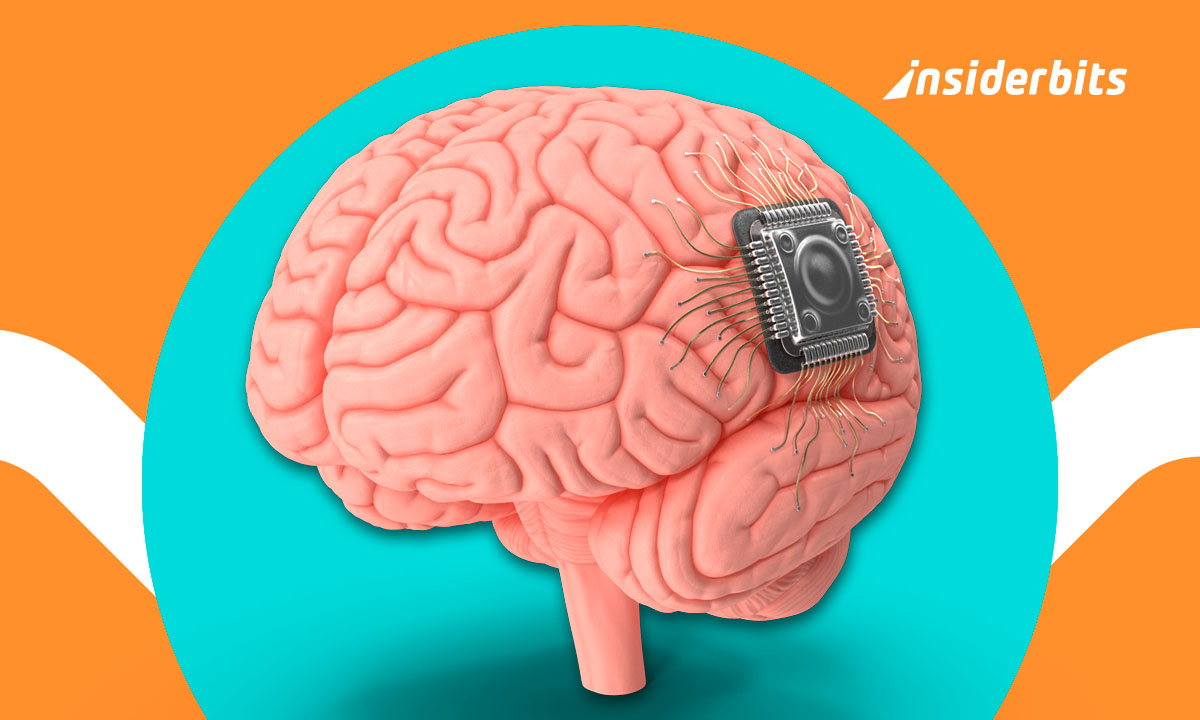The rise of the microchip implant marks a new stage in human-tech integration, where convenience meets body modification.
For early adopters, inserting technology under the skin isn’t science fiction; it’s a functional step toward a more connected lifestyle. These implants serve daily tasks and replace traditional ID methods.
As more people embrace this shift, the microchip implant reality offers a glimpse into the future of wearable tech embedded in flesh.
- Crypto Wallet Apps: Secure and Manage Your Investments in 2025
- Exodus and Trust Cryptocurrency Wallets Review
- Google Wallet Passport: The Smartest Way to Travel
Microchip Implant Reality: Life Beyond the Wallet and Keys
Living with a microchip implant transforms small routines with a simple wave of the hand.
Microchip users can use smart technology or pay at terminals equipped to read near-field communication (NFC) chips.
These functions remove friction from everyday actions while giving people more physical control over digital access.
From securing gym lockers to logging into workstations, the technology quietly merges into modern routines.

Although limited in storage and range, the chip’s integration with smart home systems and mobile apps expands its usefulness.
Personal data can be encrypted and linked to secure devices, giving users options without physical accessories.
Most implants are inserted in seconds, usually between the thumb and index finger. Also, these microchips are glass-encased and biocompatible
Real Stories from the First Wave of Human Cyborgs
Early adopters often describe the microchip implant as a logical extension of their relationship with technology.
These individuals report a sense of efficiency and freedom, explaining that the implant removes the need to carry or remember anything.
While their reasons differ, each person shares a belief that tech should be invisible and part of the body itself.
In most cases, the procedure is self-administered or performed by trained professionals at biohacking events.
Some users proudly document their implant journeys on social media, treating it as both a practical upgrade and a personal statement.
Beyond function, the implant often symbolizes trust in innovation and a desire to explore the limits of human-machine interaction.
Despite curiosity or skepticism from others, these users consider their chips extensions of personal identity.
How Implant Tech Works (And What It Can and Can’t Do)
A microchip implant works through RFID or NFC technology, enabling short-range communication with compatible readers.
It doesn’t have a power source or GPS function; it simply responds to nearby signals when prompted.
These chips store small bits of information like ID numbers or contact data used for access or automation.
Unlike complex computers, they operate passively and can’t perform tasks on their own.
Overall, the simplicity of the system is what makes it reliable and hard to hack unless scanned at extremely close range.
However, that also means the chip is only as powerful as the systems it’s connected to in the outside world.
Its limitations prevent broader functions like health monitoring and location tracking.
Still, for basic automation and secure ID alternatives, the technology delivers exactly what it promises.
Living With a Microchip Implant: How It Shapes Daily Life
Living with a microchip implant brings subtle but constant shifts in how people interact with the world around them.
For example, routine actions like opening doors and logging into computers become more practical, requiring nothing more than a hand gesture.
This integration often feels natural over time, turning what was once a futuristic idea into a practical enhancement of daily habits. For early adopters, the chip is not just a tool, it becomes a reliable extension of personal agency.
Beyond convenience, many users describe emotional benefits, such as a greater sense of control and reduced mental load in managing physical items.
As the novelty fades, what remains is efficiency: no forgotten keys and no password resets.
At the same time, public reaction varies from fascination to skepticism, often prompting questions or assumptions about privacy and intent.
Despite these mixed responses, those who choose implants see them not as radical, but as logical steps in personal evolution.
Safety, Privacy, and Ethics: What You Need to Know
One of the biggest concerns around microchip implants revolves around privacy and bodily autonomy.
Critics worry about tracking, unauthorized scanning, or mandatory implantation, especially in workplaces or institutional settings.
Consequently, advocacy groups call for regulations that protect individual rights and prevent coercive or discriminatory use of implantable tech.
So far, most chip usage is voluntary and customizable, but laws vary by country and context.
Despite implanting a microchip, health risks are minimal when chips are professionally installed, though long-term studies remain limited.
However, some people experience inflammation or minor discomfort, while others report no physical awareness of the device.
Ethical debates also touch on the normalization of body-integrated tech and its role in future identification systems.
As the transhumanist movement grows, discussions around consent, transparency, and data ownership become increasingly important.
Microchip Implant Reality: Early Adopters Share Life as Cyborgs – Conclusion
The microchip implant reality is no longer theoretical, it’s a lived experience for those who choose integration over convention.
While still in its early stages, the movement reflects a deeper desire for autonomy, efficiency, and physical-digital harmony.
From unlocking doors to redefining personal identity, implants reveal new ways to navigate the modern world.
Related: Exploring the Metaverse: The Best Virtual Reality Experiences of 2025
Enjoyed this article? Save the Insiderbits blog to your favorites for more insights into emerging tech, human enhancement, and the digital future!





